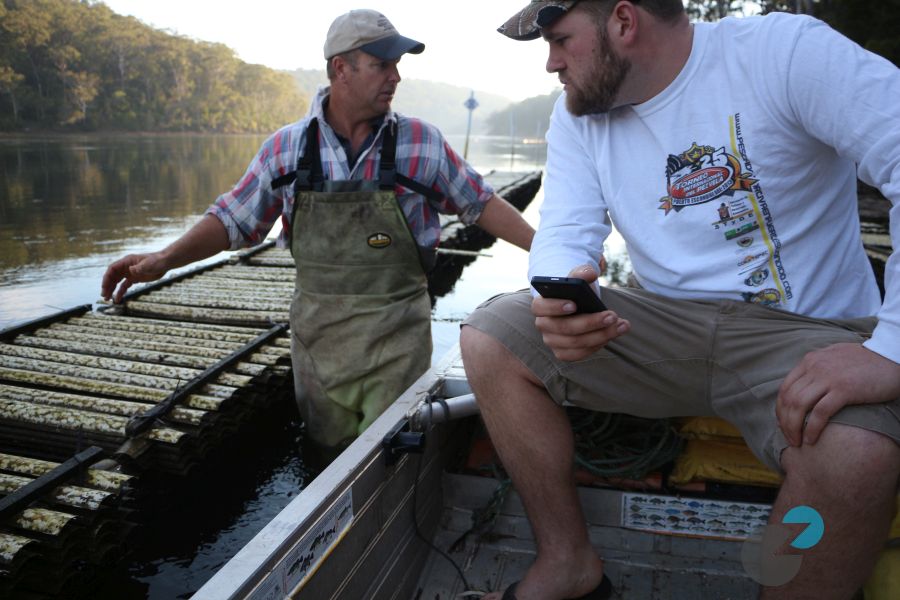

He cocked his head to the side as he squinted into a spreadsheet. “Nat changes it every week, just to mess with me.”
Homeowner oyster spat collection how to#
“We’ve never figured out how to discuss the rows properly,” said Chris. They argued about the terminology of the “bottom” row versus the “top”. Jagged rocks make the channel thin and Chris skillfully drifted the boat into the farm.Ĭhris leaned over the side of the boat and held onto the sea-grape encrusted rope as he looked up at Nat. The cove dramatically changes water levels by the tide, reaching six-feet at high and only two-feet at low. Passing Tabor Academy, their waterfront prep school alma mater, Nat and Chris cruised toward Job’s Cove in their 19-foot Carolina Skiff. In the process they remove living and non-living floating particulate matter including algae, nitrogen, phosphorus, and other pollutants. The Buzzards Bay Coalition is a nonprofit organization dedicated to the restoration, protection, and sustainable use of the neighboring Buzzards Bay.Īccording to Rasmussen, oysters filter approximately 40 gallons of water a day. “Other species largely depend on their presence and ecosystems would dramatically change if they were removed.” “Oysters are a keystone species,” said Mark Rasmussen, president of the Buzzards Bay Coalition. But while the farms might obstruct multimillion-dollar views and prevent areas from being used for recreation, they also contribute to the maintenance of the ecosystem where the same homeowners’ children play. Many Marion residents find oyster farms to be an eyesore and an obstacle for water activities.
Homeowner oyster spat collection full#
They maintain a half-acre site in Job’s Cove on the western shoreline of Sippican Harbor where they plant between 200,000 and 300,000 oyster seed every spring.Īs the oyster season approaches full swing, the brothers again find themselves in court fighting for permits to open a second site. In 2012 they planted their first 50,000 seed. In 2010, Nat, Chris, and their brother Ben began fighting for permits to grow oysters in their hometown. The brothers are two-thirds of Bryant Brothers Shellfish Company, a family-run oyster operation based in the Sippican Harbor of Marion. “Where are we shopping bro?” Chris Bryant asked Nat. Waves rippled among the floating oyster bags on the surface of the cove. On a cool October morning, Nat and Chris Bryant shuffled around their skiff and it rocked it back and forth.


 0 kommentar(er)
0 kommentar(er)
